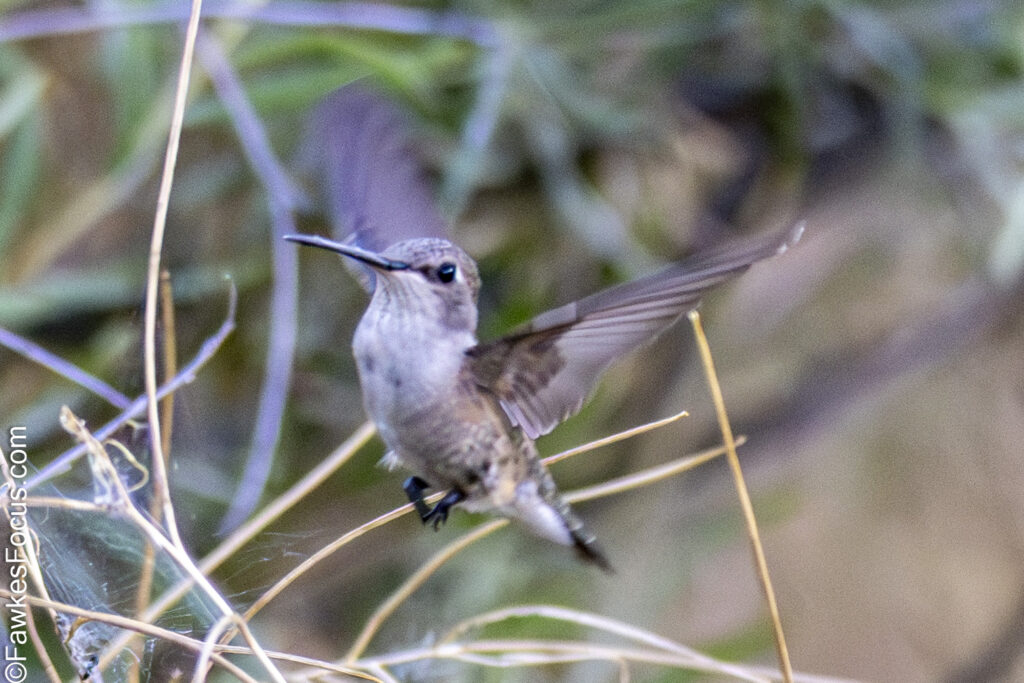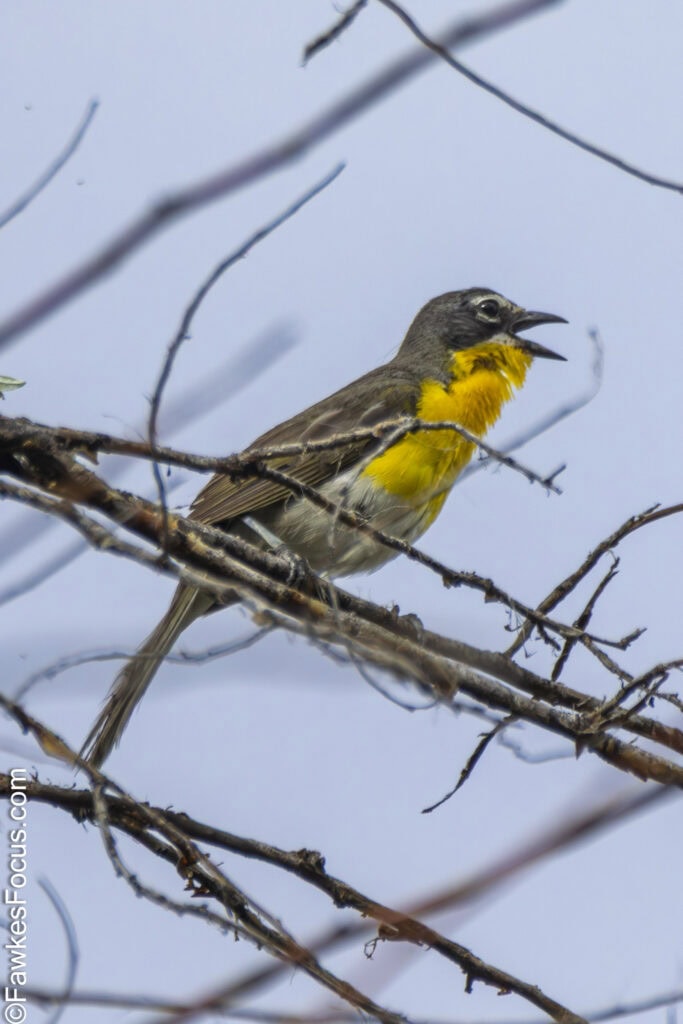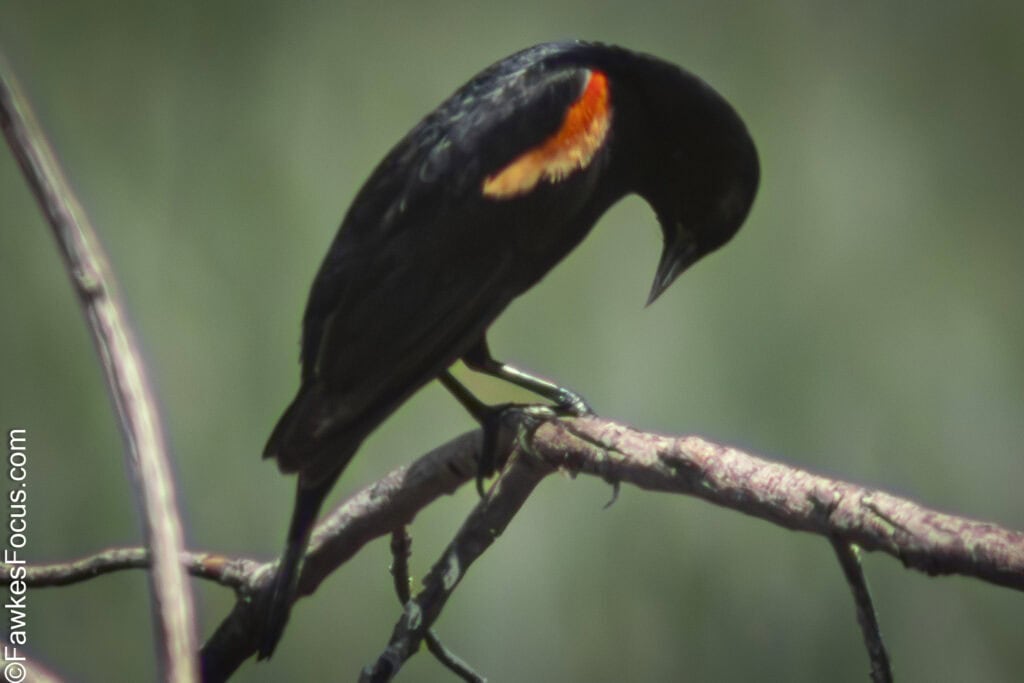Birding’s a laid-back way to get closer to nature, whether you’re peering out a window or wandering through a local park. Anyone can give it a try. You don’t need much—maybe just a pair of binoculars or a bird identification app like those from the Audubon Society. That’s all it takes to make things a bit more interesting.
You can enjoy birding in lots of ways: listen to songs, admire bright feathers, or jot down what you see. Some folks get into logging sightings or joining community science projects. Groups like the Cornell Lab of Ornithology and the American Birding Association have plenty of resources if you want to dig deeper. And honestly, birding’s a neat way to help track bird populations—sometimes you spot something unexpected, especially when migration rolls around.
Birding for New Enthusiasts: Enjoy Birds at Home

Steps to Begin Watching Birds at Home
Starting out with birdwatching in your own yard doesn’t have to be complicated. With a few simple tweaks, you can turn your backyard into a bird hotspot.
Water
Put out a shallow birdbath or just a bowl of water. Keep it clean, swap the water often. Birds need it for drinking and bathing, and it keeps them coming back.
Food
A basic platform feeder works well for beginners. Fill it with black oil sunflower seeds—those attract blue jays, goldfinches, juncos, sparrows, and a bunch of others. If squirrels keep sneaking the seeds, toss in a little cayenne pepper. Birds don’t mind it, but squirrels hate the heat.
Plants for Hummingbirds
Skip the sugar-water feeders and plant flowers instead. Tubular blooms like great blue lobelia, narrow-leaf fireweed, or scarlet skyrocket pull in hummingbirds naturally. Hummingbird species such as the broad-tailed and black-chinned love these flowers. It’s smart to check a local native plant list to see what’ll thrive in your area.

Helpful Tools for Birdwatchers
A few basics can make birding way easier and, honestly, more fun:
- Binoculars: Get a closer look without scaring birds off.
- Field Guide: Handy for quick IDs on the go.
- Spotting Scope: If you want to see distant birds in detail, this one’s for you.
- Birding Apps: Apps like eBird and Merlin Bird ID help you log sightings and figure out what you’re looking at.
- Table: Basic Gear for Beginners
| Item | Use |
|---|---|
| Binoculars | View birds up close |
| Field Guide | Identify local bird species |
| Spotting Scope | See far-away birds in detail |
| Bird Feeder | Attract birds with seed |
| Birding Apps | Track and identify birds easily |
Mixing water, the right seeds, and native flowers brings new visitors to your yard almost daily. With just a few tools and free apps, you can keep track and learn more about your feathered guests. Want more ideas? Here’s a solid guide on spotting birds in your backyard and beyond.
Step Outside for the Early Bird Songs

Before sunrise, birdwatchers get treated to the “morning chorus.” Birds wake up, sing, claim territory, search for mates, and chat with each other. It’s honestly one of the best times to listen in and watch them go about their day.
If you’re up for it, stroll through a park, your neighborhood, or a trail early in the day. Parks with native trees and shrubs usually attract more birds than just grassy lawns. Sure, places like Everglades National Park or Cape May are famous, but you don’t have to travel far to have a good time.
A few practical tips for a rewarding early morning outing:
- Head out just before sunrise for peak bird activity.
- Move slowly. When you enter a new area, stop and stand still for a bit—you’ll see more that way.
- Stay quiet; even a little noise can send birds flying.
- Wear neutral colors and keep your movements small if you want to blend in.
- Use binoculars or a field guide to help with IDs.
| Morning Birding Checklist | Details |
|---|---|
| Binoculars | Great for distant or tiny birds |
| Field notebook/pencil | Jot down bird sightings and behaviors |
| Comfortable footwear | Trails and parks vary in terrain |
| Neutral-colored clothing | Helps blend into surroundings |
| Water and small snack | Stay hydrated and energized |
Don’t rush—take your time and really look around. It’s easy to walk right past birds hiding in plain sight. Patience pays off; sometimes just standing still and tuning in to the sounds reveals more than you’d expect. If you feel like venturing further, organized trails connect top wildlife spots. The Colorado Birding Trail, for example, links hundreds of places to watch birds and other wildlife, whether you’re walking or driving.
It doesn’t matter if you stick close to home or visit famous spots like Cape May or the Everglades. Being patient and paying attention makes for a memorable birdwatching experience. You might be surprised by what you find just by sitting quietly and soaking in the morning chorus.
Get started on birding: Look for these common birds
Here are a few familiar birds that are perfect for beginners. Each one stands out for its color, song, or quirky habits. Use this as a cheat sheet to spot them in parks, fields, cities, or your own backyard.
Spotting the American Robin
The American robin’s everywhere in North America. That brick-red chest and gray back make it easy to pick out, even if you’re new to birding. You’ll often see them hunting for worms in lawns or gardens, especially early in the morning or after a rain. Their song—a series of clear whistles—usually kicks off the day.

They nest in trees or shrubs, laying pale blue eggs. Even if you spot a nest, it’s best to give it space. Robins don’t mind people much, so parks and schoolyards are great for watching them, no binoculars needed.
Key features:
- Brick-red chest and gray back
- Loud, cheerful song
- Common in parks and grassy spots
Noticing the American Goldfinch
American goldfinches are tiny, bright yellow in summer, and always lively. When winter hits, their feathers turn olive or brown, so they’re trickier to spot. They love backyard feeders, especially ones with sunflower or thistle seeds.
You’ll find goldfinches year-round in lots of places, including the Rockies. Their bouncy flight and sweet, high-pitched calls make them a favorite. Look for them in gardens, fields, or weedy patches searching for seeds.
Quick facts:
- Bright yellow in summer, duller in winter
- Big fan of thistle and sunflower seeds
- Easy to find in open areas and gardens
Discovering a Killdeer

Killdeers are medium-sized shorebirds with two black chest bands and a white ring around the neck. Sure, they hang out near water, but you’ll also spot them in fields, gravel roads, or sandy patches far from lakes. Their brown and white feathers help them blend in surprisingly well.
Their nests are usually on the ground and tough to spot. If you get too close, the female might put on a dramatic “broken-wing” act to lure you away from her eggs. It’s wild to see.
Look for:
- Two black chest bands
- White collar
- Loud, shrill calls—usually you hear them before you see them
Watching the Red-winged Blackbird

Red-winged blackbirds are hard to miss—males have shiny black feathers with bright red and yellow patches on their wings. They love to perch on reeds or wires and belt out their songs, especially in spring and early summer. Wetlands, marshes, and ponds are their favorite hangouts.
Females look totally different: brown, streaked, and much more secretive. Their calls stand out, and hearing a whole group singing together is something you won’t forget. This bird pops up all over North America, especially in parks and wetlands.
Identification tips:
- Males: black with red and yellow wing patches
- Females: brown and striped
- Found in marshes, ponds, and fields
Finding the Great Horned Owl
Great horned owls are big, powerful, and pretty impressive. Their coloring ranges from pale gray to cinnamon or dark brown, helping them blend in wherever they go. Their deep “hoo hoo” calls echo at night or around dawn and dusk—it’s a sound you can’t miss.
They don’t build their own nests. Instead, they take over old nests from other large birds or even squirrels. Listen for their calls—owls often call in pairs, especially when nesting.
Did you know?
- Large body and those classic “horns” (tufts of feathers)
- Active at dawn, dusk, or night
- Use old nests from other birds or mammals
Identifying the Western Tanager
The western tanager adds a burst of color to forests and wooded edges. Its bright yellow body, black wings, and vivid red face really stand out—honestly, it’s hard to mistake for anything else in the western US. Most of the time, these birds hang out at higher elevations, although after storms, you might catch them dropping into lower spots.
Try scanning the treetops for flashes of yellow or a hint of movement. They’re surprisingly hard to see, even with those colors, since they prefer to stick to the upper branches. If you can’t spot them, sometimes their soft, almost hesitant calls give them away.
Attributes:
- Yellow body, red face, black wings
- Eats insects and fruits
- Seen in forests and wooded areas, sometimes at lower elevations after storms
Observing the Bullock’s Oriole
Bullock’s oriole catches the eye with its bold orange, black, and white patterning. It seems to favor open woodlands, parks, and even some suburban spots—anywhere tall trees grow. One thing that always impresses me: their nests. They weave little hanging baskets from grasses and fibers, dangling way out at branch tips. It’s pretty clever, honestly.
Their call is upbeat and cheerful, easy to pick out once you know it. Out West, you’ll often see them flitting through treetops or sampling nectar from flowers. They’re a regular sight around the Front Range region—especially anywhere mature trees have a foothold.
Traits:
- Bright orange and black coloring
- Builds hanging nests in trees
- Favors parks, open woodlands, and neighborhoods
Listening for the Western Meadowlark
The western meadowlark’s song—melodic and whistling—often drifts across open prairies and grasslands. These birds sport a yellow belly with a bold black “V” on the chest, and their backs are a speckled mix of brown and white that lets them disappear into the grass.
Meadowlarks keep low to the ground and act pretty shy, so honestly, you’ll probably hear them before you spot one. When you’re out in wide, quiet spaces, just listen for their song. If you catch one flying, check for that quick flash of white in its tail—kind of a giveaway.
Highlights:
- That unmistakable whistling song
- Yellow belly, black “V” on the chest
- Thrives in grasslands and prairies—perfect for folks who love open, peaceful places
Calls, colors, and songs all help you tell different birds apart. If you’re up for it, try exploring city parks, grasslands, wetlands, or forests—each spot offers a new chance to catch sight of migratory birds.